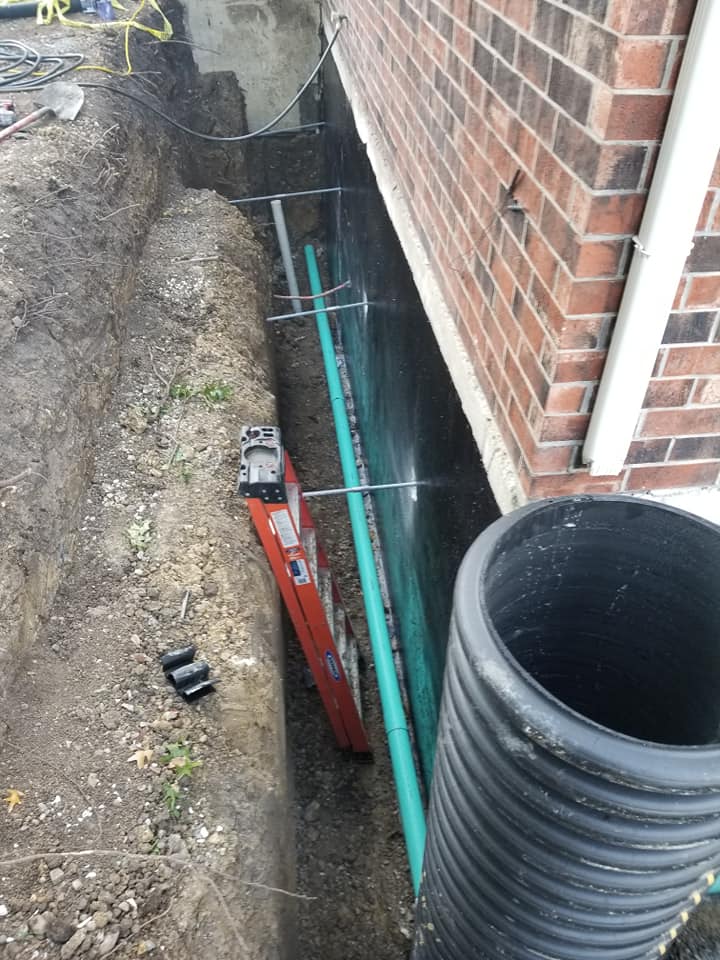The A, B, Cs of Foundation Repair: Preventing Home Havoc
Every homeowner dreams of a sturdy foundation beneath their feet, providing a solid base for their cherished abode. However, just like any other part of a house, foundations can experience wear and tear over time, leading to potential havoc if left unchecked. That’s where foundation repair comes into play – a crucial aspect of home maintenance that should not be overlooked.
When it comes to foundation repair, the A, B, Cs are the building blocks of a successful prevention strategy. A, representing the importance of awareness, involves being vigilant and observant to any signs of foundation problems. B, symbolizing the need for basic maintenance, underlines the significance of regular upkeep to protect against foundation damage. Lastly, C signifies the essentiality of consulting experts and taking corrective action when needed, so as to prevent further deterioration and ensure the stability of your dwelling.
In the following discussion, we will delve deeper into the world of foundation repair, exploring common issues faced by homeowners, potential causes behind these problems, and most importantly, practical tips to safeguard your home from foundation havoc. Whether you are a first-time homeowner or someone looking to preserve the structural integrity of your house for years to come, this comprehensive guide aims to equip you with the knowledge and tools necessary to tackle foundation repairs head-on. So, let's lay a solid foundation of knowledge and begin our journey towards a more secure home.
Common Causes of Foundation Problems
Foundations are an integral part of any home, providing stability and support. However, they can sometimes develop problems that require repair. Understanding the common causes of foundation issues is crucial in order to prevent potential havoc in your home.
Firstly, poor soil conditions can greatly affect the stability of a foundation. Expansive soils, such as clay or silt, have the tendency to contract and expand with changes in moisture content. This can put immense pressure on the foundation, leading to cracks and shifting. Additionally, soils with poor load-bearing capacity can fail to adequately support the weight of the structure, causing settlement or sinking.
Secondly, improper drainage is another significant contributor to foundation problems. When water is not effectively diverted away from the foundation, it can accumulate around the base of the home, creating excessive hydrostatic pressure. foundation repair in ottawa can weaken the foundation over time, resulting in structural damage.
Lastly, tree roots and vegetation can pose a threat to the stability of your foundation. As trees and plants grow, their extensive root systems can extend beneath your home, seeking moisture from the soil. This can cause the soil to shrink and create voids around the foundation. Moreover, the root growth may exert pressure on the foundation, causing it to crack or shift.
By understanding these common causes of foundation problems, homeowners can take proactive measures to prevent costly repairs. Regular inspection and maintenance, along with proper soil management and drainage systems, are crucial in ensuring the long-term stability and integrity of your home's foundation.
Signs of Foundation Damage
Foundation damage is a serious issue that can cause havoc for homeowners. It is important to be aware of the signs that indicate potential foundation problems. Here are three key indicators to look out for:

Cracks in the Walls: One of the most common signs of foundation damage is the appearance of cracks in the walls, especially around doors and windows. These cracks may start small but can gradually widen over time. Keep an eye out for horizontal or diagonal cracks, as they can be a sign of an unstable foundation.
Uneven Floors: If you notice that your floors are no longer level, it may be a sign of foundation damage. Take a walk around your home and pay attention to any areas where the floor feels uneven or slopes noticeably. This could indicate that the foundation has shifted or settled unevenly.
Sticking Doors and Windows: Have you been struggling to open or close your doors and windows? This could be another sign that your foundation is in trouble. When a foundation settles or shifts, it can cause the frames of doors and windows to become misaligned, making them difficult to operate smoothly.
Being proactive about addressing foundation damage is crucial to prevent further complications. If you notice any of these signs in your home, it is advisable to consult with a professional foundation repair specialist. They can assess the extent of the damage and recommend appropriate solutions to ensure the stability and safety of your home.
Preventive Measures for Foundation Repair
Regular Maintenance: Regular maintenance is crucial for preventing foundation issues in your home. Start by inspecting the exterior and interior of your house on a regular basis. Look for any signs of foundation damage, such as cracks in the walls or floors, uneven flooring, or gaps around windows and doors. Additionally, make sure to properly maintain your gutters and downspouts to prevent water from pooling around the foundation.
Proper Drainage: Improper drainage around your home can be a major cause of foundation problems. To prevent this, ensure that the ground around your foundation slopes away from the house. This helps to direct water away from your foundation, reducing the risk of water damage. Additionally, consider installing a foundation drainage system to further protect your home from excess moisture.
Maintaining Consistent Moisture Levels: Keeping a consistent moisture level around your foundation is essential for its stability. Moisture fluctuations can cause the soil to expand and contract, leading to foundation movement and potential damage. To maintain consistent moisture levels, use a soaker hose around your foundation during dry periods to keep the soil moist. Avoid overwatering your landscaping near the foundation, as excessive moisture can also lead to issues.
By following these preventive measures, you can minimize the risk of foundation damage and protect your home from potential havoc. Regular maintenance, proper drainage, and maintaining consistent moisture levels are key steps in ensuring a strong and stable foundation for your house.